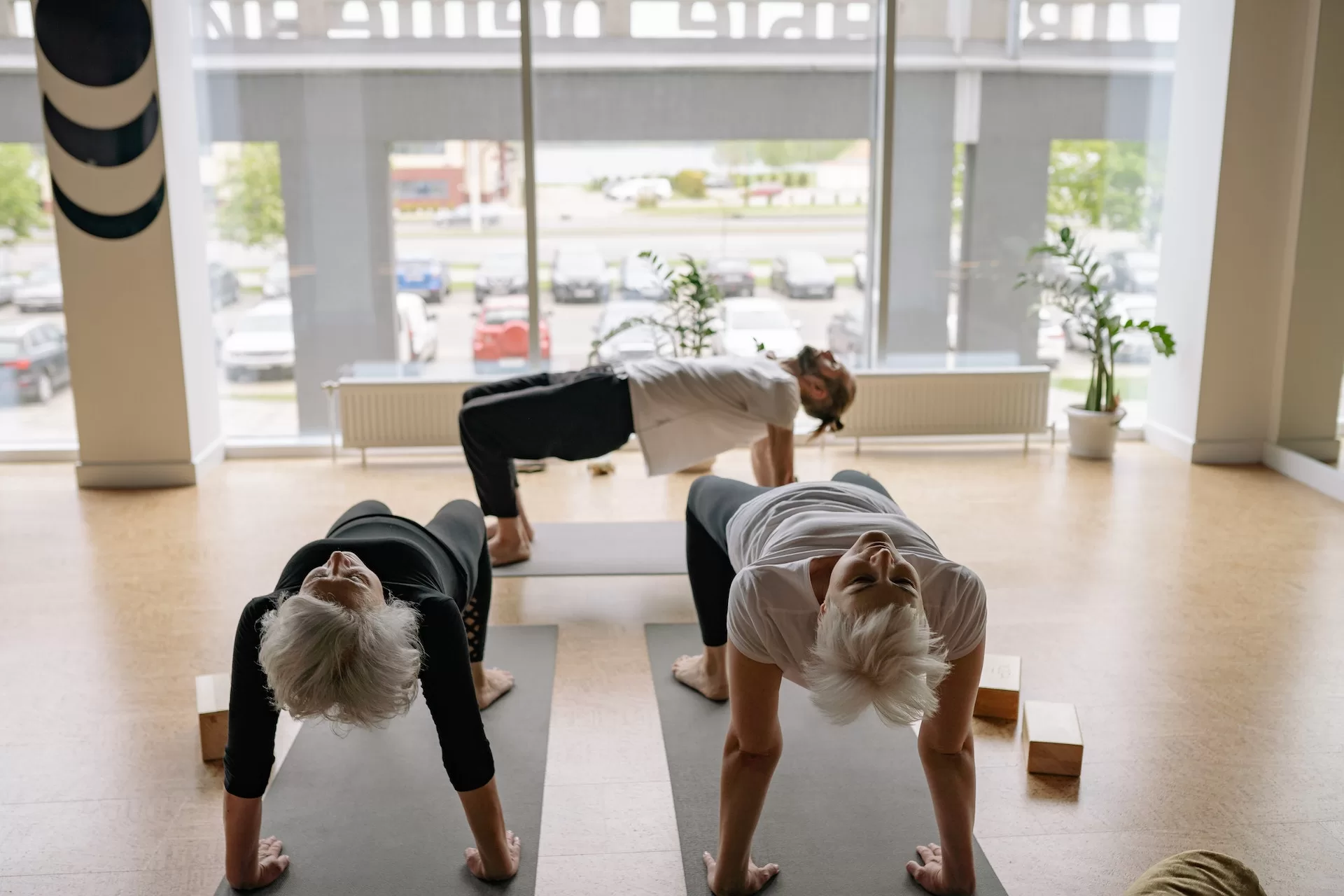The brilliant Ardha Purvottanasana, also known as Reverse Table Top or Reverse Plank, is found in Hatha Yoga Pradipika. This pose is well known for being an energizer and for how it can help to build up strength, stability and suppleness.
A Functional Definition of Ardha Purvottanasana
From a functional point of view, Ardha Purvottanasana has a unique impact on the muscles of the arms, chest, core, hips, and legs. We can distinguish two important outcomes: a) inversion of the body, which is beneficial for toning the abdominal muscles and rectus femoris and for stretching muscles such as the rhomboids, subscapularis and long thoracic (equally in both directions); and b) contraction of all the anterior muscles, such as triceps and pectoralis major, beneficial in relieving tension in the neck and shoulders.
The Sentiments Associated with Ardha Purvottanasana
The sentiment associated with Ardha Purvottanasana is bhakti, understood as a deep feeling of devotion. At an emotional level, practicing this asana allows the practitioner to access an inner wellbeing, which in turn leads to a sense of appreciation for life.
In the Ardha Purvottanasana position, the body is in an inverted form and transcends the limitations of physical form, being receptive and open to the energy around and within us.
The practice of this asana is an act of embracing an attitude of devotion, patience and trust.
How to Move into Ardha Purvottanasana:
Ardha Purvottanasana is an energizing pose that can help to build strength, stability, and suppleness. It is composed of different movements, which must be integrated in order to achieve the pose.
First, start by sitting on the floor with the legs extended out in front of you in Dandasana (Staff pose).
Secondly, take a deep breath and start to draw the shoulder blade slightly together, lifting your chest. Bend the knees and place the soles the feet on the floor, hip distance apart.
Place your hands next to your hips, shoulder distance apart with the fingertips facing the same direction as your feet.
On an exhale, press the hands and feet firmly into the ground and lift your pelvis towards the sky, keeping the arms straight and the legs active. The chest, torso and knees should all be on one straight plain, parallel to the floor.
Engage your abdominal muscles and draw the belly button inwards. Lift your chest and torso up towards the ceiling, and if it feels right, gently start to drop the head back. If this feels uncomfortable, soften the gaze forward.
Lastly, make sure you are breathing deeply and that the breath is flowing, in this challenging pose.
To release, gently lower your buttocks back to the ground and extend your coming back into Dandasana. Take the time to notice how your body feels and to take a few breaths.

